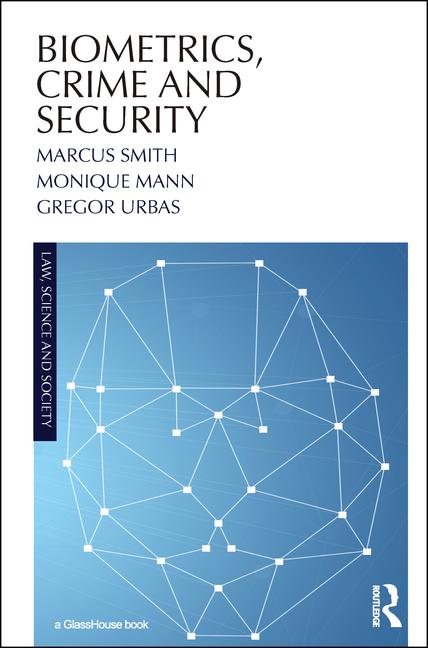Protecting a business’s employees, customers and the public at large is a priceless endeavor. Any investment that provides for the safety and security of people is a worthy investment. Traditional video security systems offer financial benefits as well, such as to catch thieves and vandalizers, or to prevent liability disputes. A single fake slip and fall captured on video can save a business thousands of dollars in legal fees and potential settlements. However, so much more can be done with video far beyond security and loss prevention to help companies meet their business objectives.
Video technology is moving beyond security
Data-driven video technology and cloud-based video management solutions (VMS) are transforming traditional video surveillance systems into business management tools. By integrating video analytics, artificial intelligence and machine learning, these technologies can efficiently ingest, process and present large amounts of video and data streams from various sources, including specialty cameras, sensors and existing facility systems.
With integrated analytics, data-driven video technology can automatically analyze live and recorded video streams, flagging abnormal activities and making predictions based on the analyzed data. This gives users of the system a significant advantage allowing them to focus their time and effort on critical events that need their attention. Data-driven video technology is intuitive and easy to use, delivering short learning curves for non-technical users.
While cloud deployments minimize on-premises hardware requirements by leveraging the cloud provider's infrastructure, the cloud's primary purpose is not always to eliminate equipment or reduce storage costs. In numerous cases, the cloud solution is focused on mitigating and removing the bottlenecks and internal processes associated with deploying physical security assets. By doing so, the cloud enables security professionals to achieve their objectives more rapidly and with greater flexibility and cost efficiency than traditional on-premises systems.
Cloud-based video technology as a business accelerator
Non-traditional factors, such as corporate mergers and acquisitions (M&A), now often drive many cloud-based video technology solutions. A large corporation may acquire multiple companies annually, and their security teams become instantly responsible for the new locations. The teams need to quickly implement cameras and card readers, while global IT teams take longer to secure networks for M&A. A hybrid on-premises/cloud approach using the acquired facility's existing VMS speeds up the process. Hybrid cloud-based video technology solutions offer limitless capacity and flexibility, reducing time-consuming sizing and procurement processes — and saving money.
As an organization grows or security needs change, a cloud VMS can be easily and rapidly deployed to accommodate these shifts. This flexibility not only saves time and resources but also ensures that security systems remain effective and up to date.
Additionally, cloud-based video security solutions offer an extensive range of third-party hardware and integrations, allowing enterprises to choose the best devices and software to suit their specific needs.
Saving with cloud-based video initiatives
Investing in cloud-based video security solutions actively supports an enterprise-level organization's cloud-first initiative. This commitment to cloud technology can drive significant cost savings and operational efficiencies throughout the organization.
As organizations navigate the challenges and opportunities presented by the digital era, investing in data-driven video technology and cloud solutions is not only a strategic decision but a necessary one. By embracing these advanced technologies, businesses can unlock the full potential of their video data, enhance their security posture and drive organization-wide savings beyond security, positioning themselves for long-term success in an increasingly competitive landscape.







